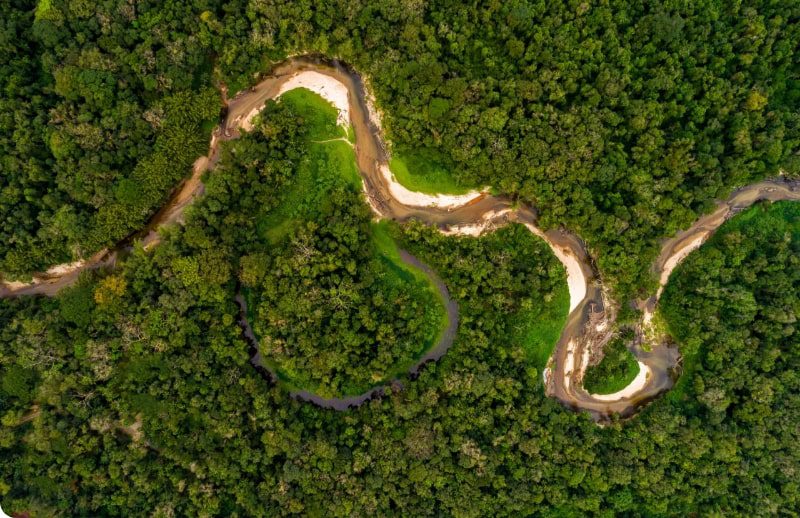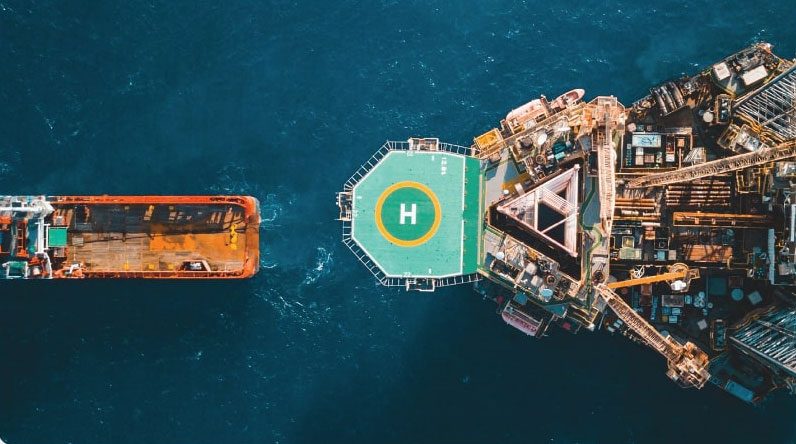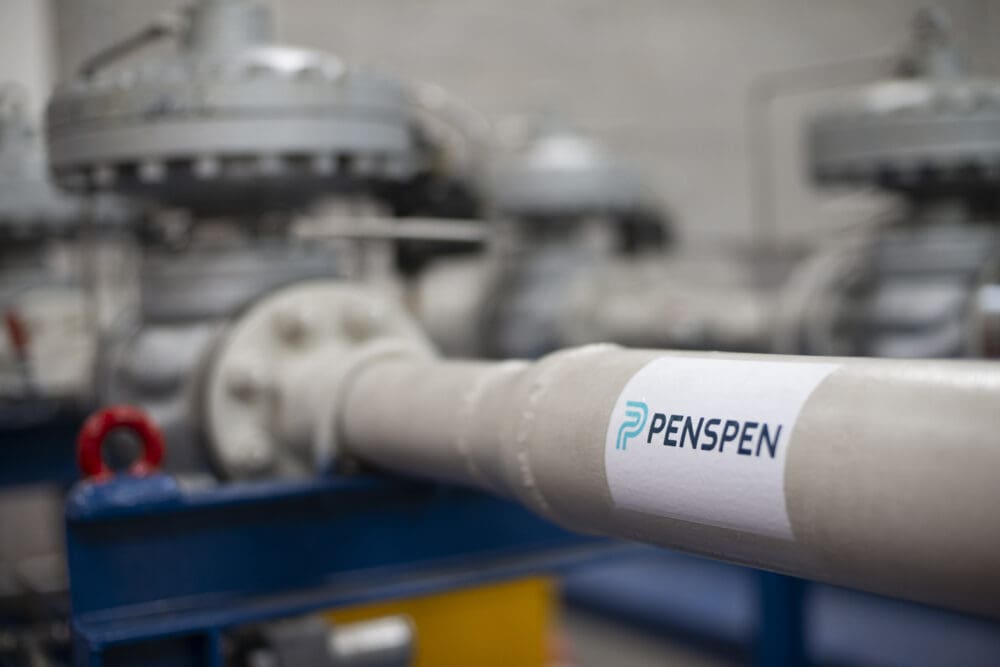Most remaining life methodologies systematically identify credible failure mechanisms such as corrosion and fatigue. Using historical data, they can determine the degradation rate by looking at crack growth rate, fatigue life reduction, or corrosion growth rate. THEIA, Penspen’s Pipeline Integrity Management Solution, features a module based on estimating the remnant life of a pipeline based on its corrosion features, encompassing all the data collected to calculate the Corrosion Growth Rate (CGR).
The Concept of Life Extension
The concept of life extension is to increase the pipeline life, but still maintain an acceptable level of risk. The process would normally consider changes not considered in the original design estimation, including changes in:
- The integrity of the asset through the development of flaws from corrosion or fatigue
- Environmental loading
- Temperatures and pressures
Corrosion is usually the most significant degradation mechanism and can affect an asset’s remaining life. The uncertainty associated with corrosion rates is an important factor to consider, and the degree of uncertainty in the calculated corrosion rate (and therefore the remnant life) should be determined by calculating upper and lower bounds.
Asset Life Extension goes beyond just estimating the remaining life of a pipeline, but includes organisational requirements in terms of competencies, continuous operability of safety-critical equipment, updating inspection and monitoring requirements, legislation requirements, and updating documentation.
Estimating Remnant Life with THEIA
THEIA’s ‘Remnant Life Estimation’ module looks specifically at corrosion growth data either from measurements, predictions using chemical compositions, correlating ILI (In-Line-Inspection) data, or fatigue data that has been collected from an asset.
These data sets provide the required information to then calculate the first time for a repair, allowing users to maintain the health of their pipelines and extend their operational ability via our asset integrity software.
Effective Maintenance Strategies
If the predicted remaining life is not enough to satisfy the user’s reserves about their asset, there will be a need to consider alternatives. These can include:
- Replacing the pipeline or parts of it
- Repairing parts of the pipeline
- Increasing inspection frequency to carefully manage the risk associated with operating an asset towards the end of its life.
- Using inhibitors to control & reduce the flow rate
All these “what if” scenarios can be modelled quickly in THEIA from a forecasting perspective. An inspection using an intelligent pig is expensive, takes time to procure, and can be disruptive to operations. The opportunity lies in the ability to use predictive maintenance as a supplement to inspection to optimise decision-making, corrosion growth rate calculations, the use of real-time data (pressure, flow rates, temperature, etc), and other KPIs can contribute to extending a pipeline’s operational life.
All these tools are implemented within THEIA, providing that same opportunity and necessary data required to calculate the remaining life of an asset, and explore how to potentially extend it.
Related Insights
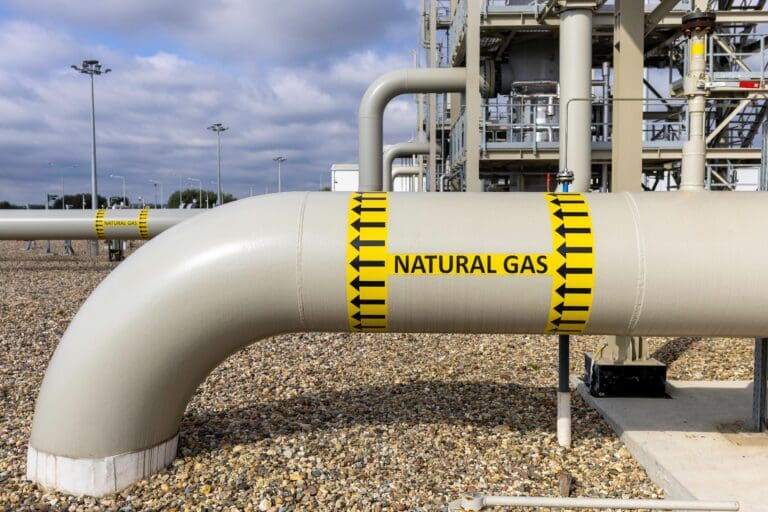
Pipeline Performance vs Dust
In the latest integrity issue of World Pipelines, Penspen Asset Integrity experts explore how dust impacts the integrity, reliability, and safety of gas transmission and distribution systems, and...

A New Landscape: Our People – Nick Molnar
Nick is a Senior Pipeline Integrity Engineer at Penspen. Since joining the team in November 2024 and relocating from Canada to Abu Dhabi, he’s been an integral part of Penspen’s Centre of...
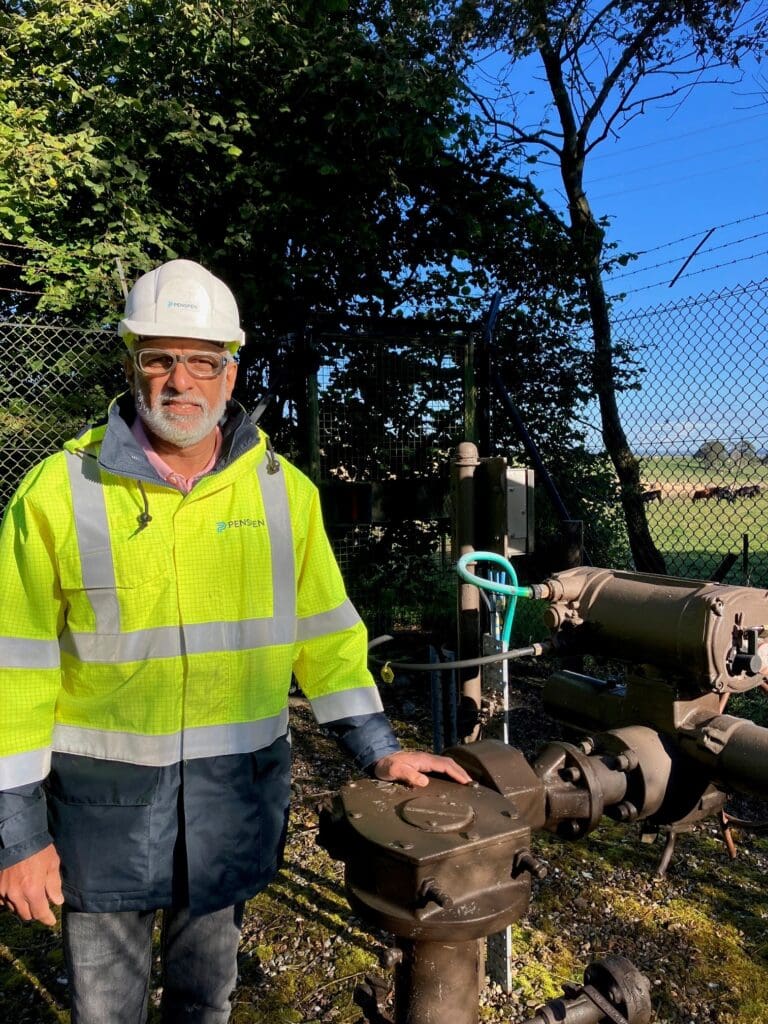
Our People: Half a Century of Gas Maintenance
Three Penspen technicians - Alan, George, and Sean - have racked up more than 145 years' experience combined in the gas industry, so we caught up with them about what's changed in the decades they've...
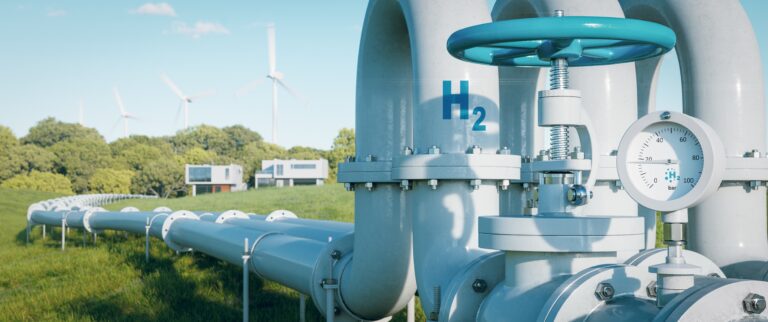
Planning for Transporting Hydrogen in the Portuguese Gas Transmission System
How do you convert a national high-pressure gas network to hydrogen safely, efficiently, and in line with modern standards? Read our latest technical article in collaboration with REN-Gasodutos, S.A....

